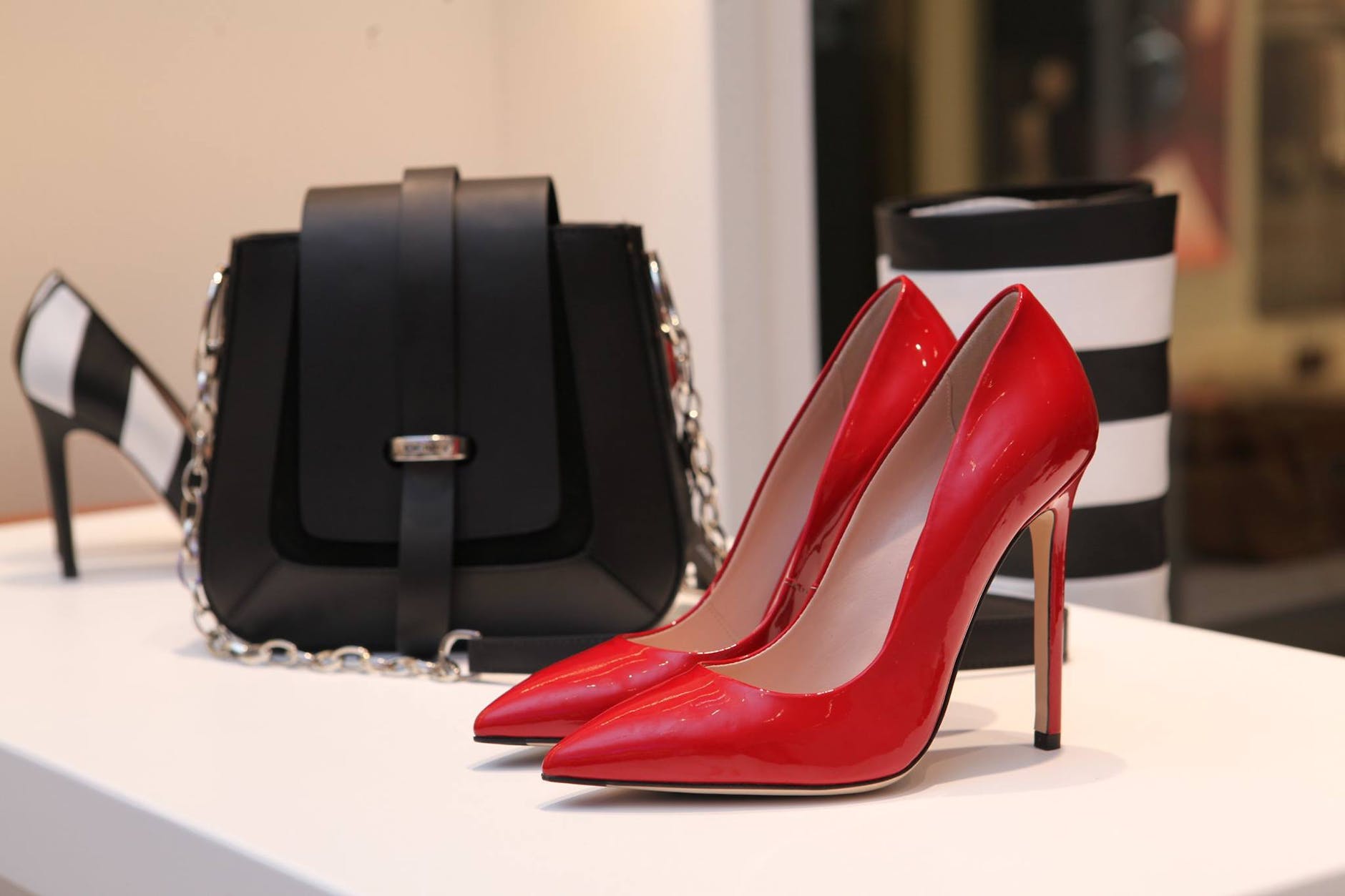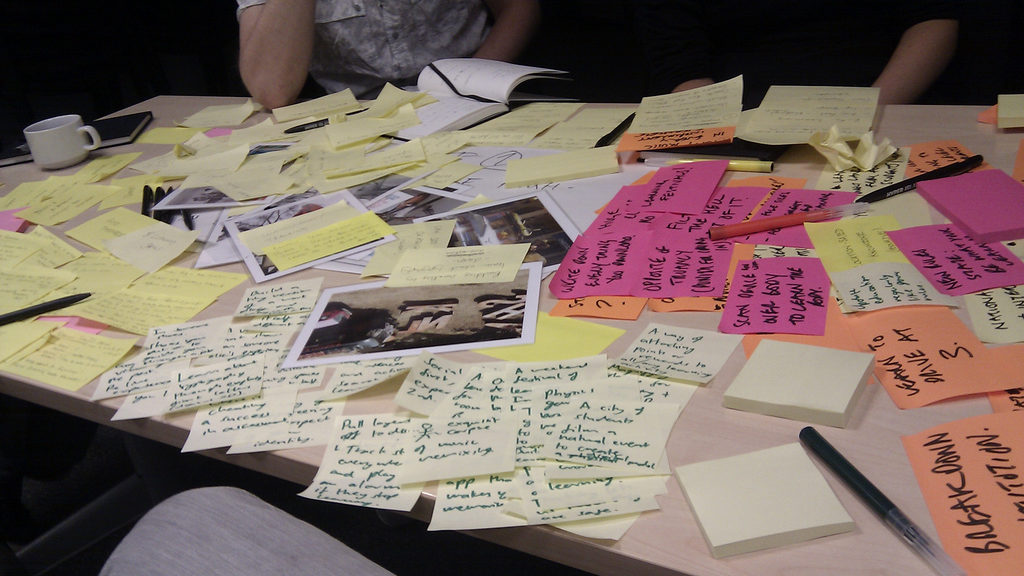Introduction
In my previous blog, I looked at the opportunities within the fashion industry at February 2024. In that blog I stated that there is a gap in effectively utilizing generative AI, especially design, production, and customer experience, given that AI is so new. This includes AI-driven trend forecasting, personalized shopping experiences, and efficient supply chain management. So in this blog I want to follow that rabbit onto one entrepreneurial hole.
AI-Driven Fashion Design and Trend Forecasting Service
The aim is to develop a startup that specializes in using generative AI to assist fashion brands in design and trend forecasting. This service should leverage AI algorithms to analyze current fashion trends, consumer preferences, and social media data to predict upcoming trends. (The hard bit doing the prediction) It could also assist designers in creating new styles by suggesting design elements, colour schemes, and materials. This service would be particularly valuable for smaller fashion brands that don’t have extensive in-house trend forecasting capabilities.
Current Status and Market Analysis
Fashion design and trend forecasting in the traditional sense involves a combination of market research, industry expertise, and creative intuition. Here’s an overview of how it’s typically done:
- Market Research: This is a fundamental aspect of trend forecasting. Forecasters analyze market data, consumer behavior, and sales trends to understand what is currently popular. This includes studying which products are selling well and which are not, both in high-end fashion and mass-market retail.
- Runway Analysis: Fashion shows, particularly those in major fashion capitals like New York, Paris, Milan, and London, are closely watched. Forecasters analyze collections from renowned designers to identify emerging trends in colors, fabrics, silhouettes, and styles.
- Street Fashion and Pop Culture: Observing street fashion and pop culture is crucial. Forecasters look at what influential celebrities, fashion bloggers, and everyday people are wearing in different parts of the world. Social media platforms like Instagram and Pinterest have become significant sources for this type of research.
- Historical and Cultural Research: Trends often have historical or cultural roots. Forecasters study fashion history and cultural trends to predict revivals or adaptations of past styles.
- Travel and Global Influences: Traveling to different countries and attending trade shows and fashion weeks worldwide helps forecasters spot global trends and understand regional fashion nuances.
- Consumer Insights and Feedback: Understanding consumer preferences and feedback is vital. This can involve focus groups, surveys, and analyzing online consumer behavior and feedback.
- Collaboration with Designers and Brands: Forecasters often work closely with fashion designers and brands, providing insights that help shape upcoming collections.
- Use of Technology: While traditional methods rely heavily on human expertise, technology is increasingly playing a role. Software tools for data analysis and digital platforms for trend research are commonly used. However, the integration of advanced technologies like AI and machine learning for predictive analytics is still an emerging area in the industry.
In summary, traditional fashion design and trend forecasting is a multifaceted process that combines art and science. It requires a deep understanding of fashion, culture, and consumer behavior, along with the ability to analyze data and spot emerging patterns. The integration of AI and other advanced technologies is set to revolutionize this field by adding more precision and predictive power to trend forecasting.
Develop the AI: Stage 1 : Gather and Process Data
Gathering and processing data for an AI-driven fashion design and trend forecasting service is a critical step that involves several detailed processes:
- Data Collection:
- Social Media: Use APIs from platforms like Instagram, Pinterest, and Twitter to collect images and posts related to fashion. Look for hashtags, trends, and influencer content.
- Fashion Websites and Blogs: Scrape fashion websites, online magazines, and blogs for images, articles, and trend reports. Tools like BeautifulSoup and Scrapy can be useful for web scraping.
- Online Retail Stores: Gather data from e-commerce sites, including product images, descriptions, customer reviews, and pricing information. This data can often be accessed through the site’s API or web scraping.
- Fashion Show Archives: Source images and videos from fashion show archives. Websites of major fashion weeks often provide such data, or it can be obtained from fashion news websites.
- Sales Data: If accessible, collect sales data from collaborating fashion brands or open datasets to understand which items are popular.
- Data Processing:
- Image Processing:
- Use image recognition algorithms to categorize and tag images (e.g., dress, pants, floral pattern, etc.).
- Implement computer vision techniques to extract features like color, texture, and style from fashion images.
- Tools like OpenCV or TensorFlow can be used for image processing tasks.
- Text Processing:
- Apply NLP techniques to analyze text data from descriptions, reviews, and articles.
- Use sentiment analysis to gauge public opinion on certain styles or items.
- Extract keywords and phrases related to fashion trends.
- Libraries like NLTK or spaCy are useful for NLP tasks.
- Data Cleaning:
- Remove irrelevant or duplicate data.
- Handle missing or incomplete information.
- Normalize data formats for consistency (e.g., resizing images, standardizing text format).
- Image Processing:
- Data Integration and Storage:
- Integrate different types of data (images, text, sales data) into a cohesive dataset.
- Store the data in a structured format, using databases like SQL for structured data or NoSQL for unstructured data.
- Ensure data storage complies with privacy laws and regulations.
- Data Annotation:
- Manually annotate a subset of data to train initial models. This might involve tagging images with specific fashion attributes or categorizing text data.
- Use crowdsourcing platforms like Amazon Mechanical Turk for large-scale annotation, if necessary.
- Preliminary Analysis and Feature Extraction:
- Conduct preliminary analysis to identify patterns and insights.
- Extract features that are relevant for trend forecasting, such as color trends, material popularity, or style evolution.
- Data Augmentation (if needed):
- Augment data to improve model training, especially if the dataset is imbalanced or lacks diversity.
- Techniques like image rotation, flipping, or color adjustment can be used for images.
- Data Privacy and Ethics:
- Ensure data collection and processing adhere to data privacy laws (like GDPR).
- Be mindful of ethical considerations, especially when using images and data from individuals.
This process requires a combination of technical skills in data science, AI, and software development, along with a good understanding of the fashion industry. So I would either Hire data scientists and AI specialists who have experience in machine learning or consider partnering with tech companies or startups that specialize in AI and machine learning.
Develop the AI: Stage 2: Develop AI and Machine Learning Models
The second most important step is developing the AI and machine learning models for a fashion design and trend forecasting service. These steps involves several detailed steps:
- Choosing and Developing Machine Learning Algorithms:
- For Image Analysis: Convolutional Neural Networks (CNNs) are highly effective for image recognition tasks. They can be used to analyze fashion images to identify styles, patterns, colors, and other fashion elements. Pre-trained models like VGGNet, ResNet, or Inception can be a starting point, which you can then fine-tune with your specific dataset.
- For Text Analysis: Natural Language Processing (NLP) techniques are used to analyze textual data such as product descriptions, customer reviews, and fashion articles. Techniques like sentiment analysis, keyword extraction, and topic modeling can be employed. Tools like BERT or GPT-3 can be used for advanced text understanding and generation.
- Data Preparation for Model Training:
- Image Data: This involves preprocessing steps like resizing images, normalizing pixel values, and possibly augmenting the dataset to increase its size and variability (e.g., flipping images, changing brightness).
- Text Data: Preprocessing steps include tokenization (breaking text into words or phrases), removing stop words, stemming or lemmatization (reducing words to their base form), and vectorization (converting text to numerical format).
- Training the Models:
- Use your prepared dataset to train the models. This involves feeding the data into the models and allowing them to learn from it. For supervised learning tasks, this means providing labeled data (e.g., images tagged with specific fashion attributes).
- Monitor the training process to ensure that the models are learning effectively. This involves checking for issues like overfitting (where the model performs well on training data but poorly on new, unseen data) and making adjustments as necessary.
- Implementing Generative AI Models:
- Generative Adversarial Networks (GANs) can be used to generate new fashion designs. In a GAN, two neural networks are trained simultaneously: a generator that creates images and a discriminator that evaluates them. Over time, the generator learns to produce more realistic images.
- These models can be trained on a dataset of fashion images to generate new designs, combining elements in novel ways to suggest unique patterns, styles, and color combinations.
- Model Evaluation and Refinement:
- After training, evaluate the models’ performance using metrics appropriate to the task (e.g., accuracy, precision, recall for classification tasks).
- Use a separate validation dataset to test how well your models generalize to new data.
- Refine and retrain your models as needed based on their performance.
- Integration and Continuous Learning:
- Integrate the trained models into your application or service.
- Implement mechanisms for continuous learning, where the models can be updated with new data over time to adapt to changing fashion trends and consumer preferences.
- Ethical Considerations and Bias Mitigation:
- Be aware of and actively work to mitigate biases in your models, especially in a field as subjective and diverse as fashion.
- Ensure that your models are fair and inclusive, representing a wide range of styles, body types, and cultural influences.
Developing these models requires a combination of skills in machine learning, data science, and software engineering, as well as a deep understanding of the fashion industry. Collaboration with fashion experts can also be invaluable in ensuring that the models are aligned with industry standards and trends.
Summary & Pitch
Welcome to “StyleSight AI,” where the future of fashion meets the intelligence of technology. In an industry that thrives on innovation and foresight, StyleSight AI stands as a beacon of progress, offering an AI-driven fashion design and trend forecasting service that is not just a tool, but a visionary partner for designers and brands.
In the dynamic world of fashion, where sustainability, personalization, and digital integration are not just trends but imperatives, StyleSight AI is your key to unlocking their full potential. Our service employs cutting-edge machine learning algorithms, including Convolutional Neural Networks for detailed image analysis and Natural Language Processing for insightful text analytics. We delve into a vast ocean of data from diverse sources – social media buzz, online retail dynamics, and the pulse of street fashion – to bring you the most comprehensive and forward-looking insights.
Imagine a world where your next collection not only aligns with but also leads the trends in sustainability. StyleSight AI identifies emerging eco-friendly materials and ethical fashion practices, helping you stay ahead in the green revolution. Our AI-driven insights tap into the growing demand for athleisure, offering data-backed guidance on blending comfort with style.
But we don’t stop at analysis. StyleSight AI is a creator, using Generative AI models to propose innovative design elements and styles. This means you’re not just tracking trends like gender-neutral fashion or the resurgence of bold prints and colors; you’re actively shaping them. Our AI suggests designs that resonate with these trends, ensuring your brand is always the trendsetter, never the follower.
StyleSight AI is more than a service; it’s a strategic partner in your creative process. We empower fashion brands, designers, and retailers to make data-driven decisions, minimize risks, and produce collections that resonate with the market’s heartbeat.
Embrace StyleSight AI, where the future of fashion is not just predicted but crafted. Join us in redefining the boundaries of style and innovation.





